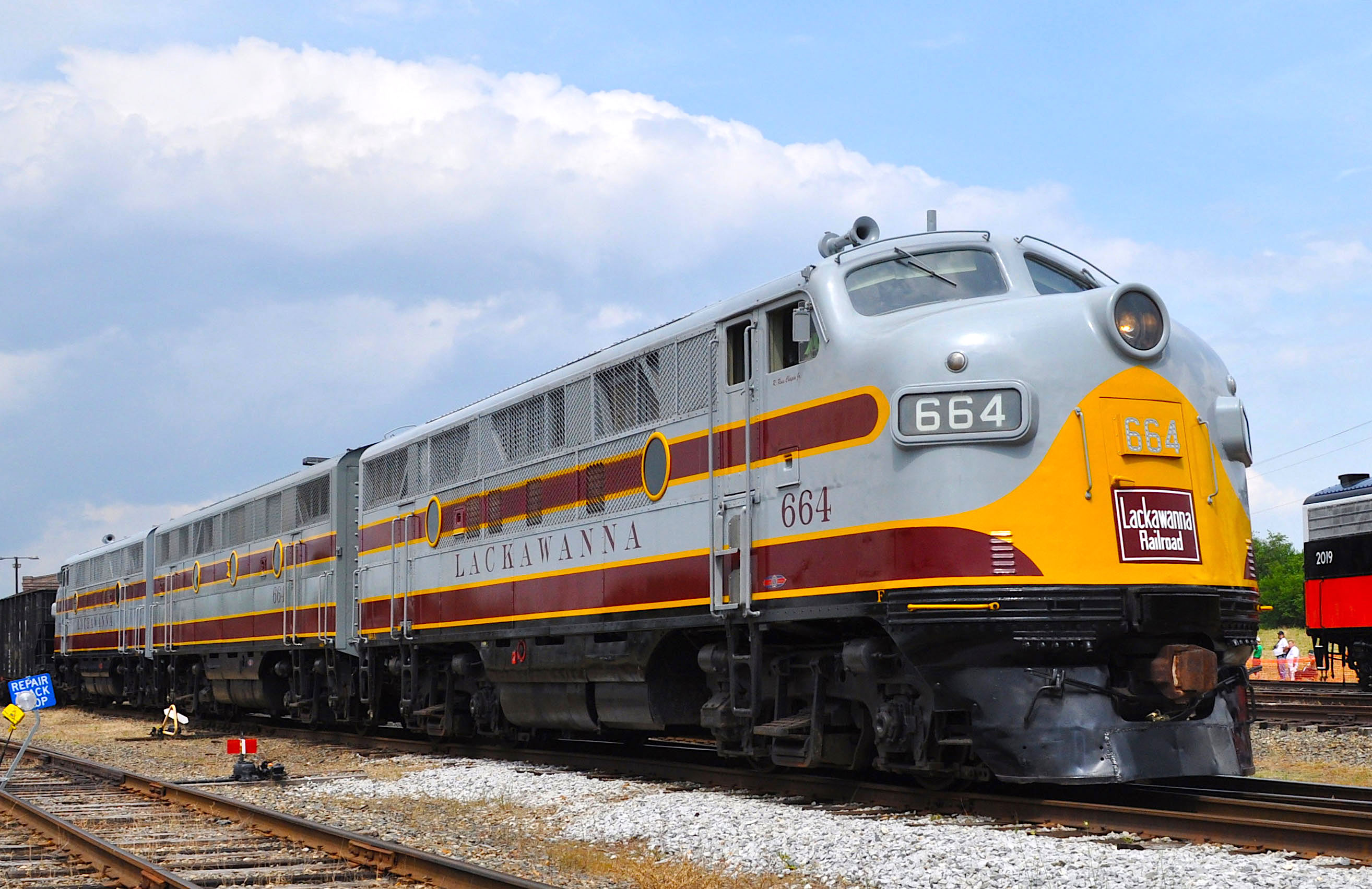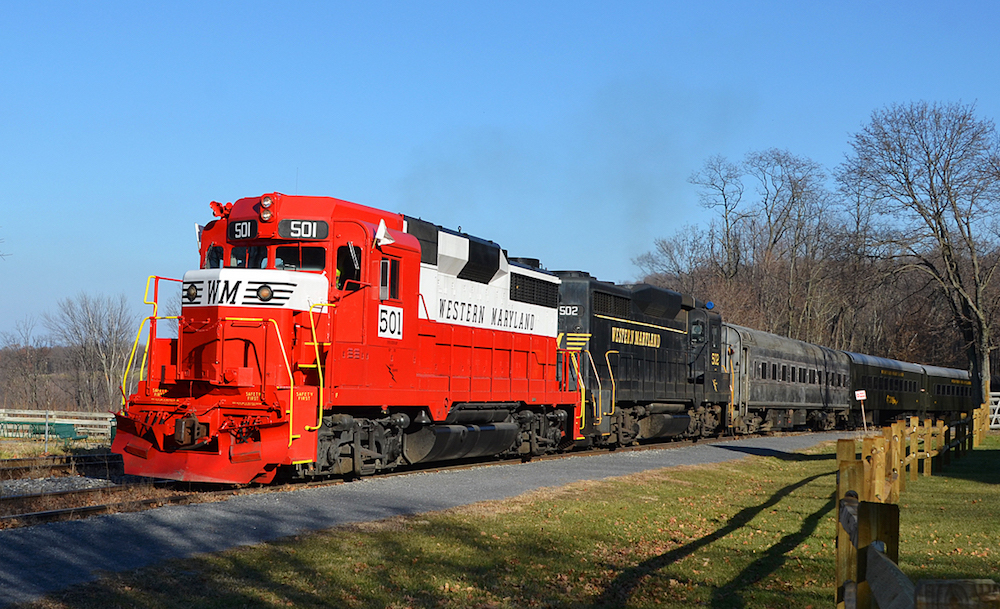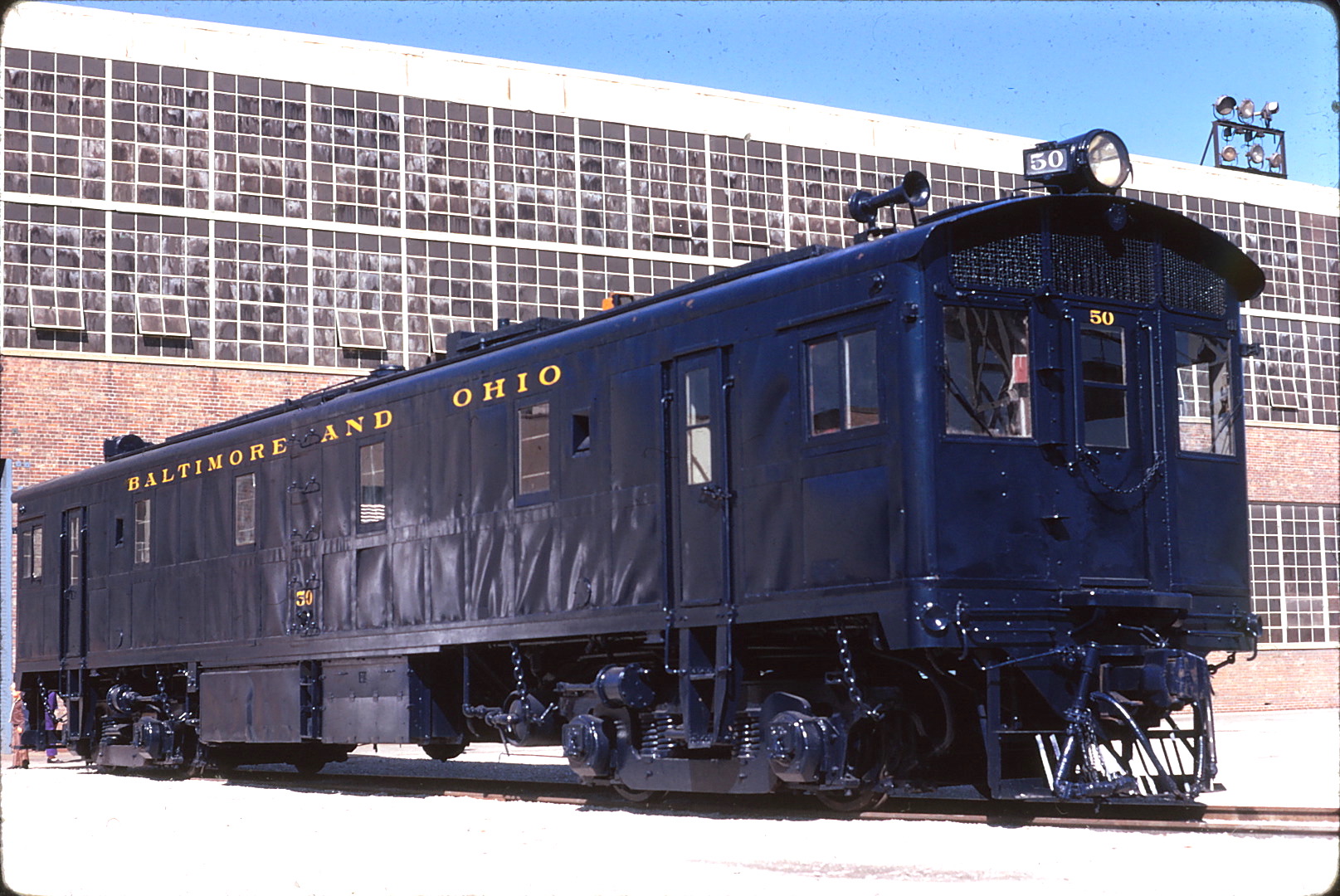There is one word above all others that explains the success of General Motor's locomotive
business during the seven decades of the diesel-electric locomotive ... Dependability!
Yes, there is little argument that GMC has long been the foremost marketing and sales
company in North America. And yes, GMC was able to capitalize on the war-time restrictions
the federal govenment applied to the railroad industry during WWII. However, those two
factors fail to eclipse the manufacturing know-how and product dependability that were built
into the 567 prime mover that was the heart of EMD freight and passenger locomotives.
Additionally, they help explain why large numbers of EMD locos are still in-service and / or
reside in railroad museums.
|





